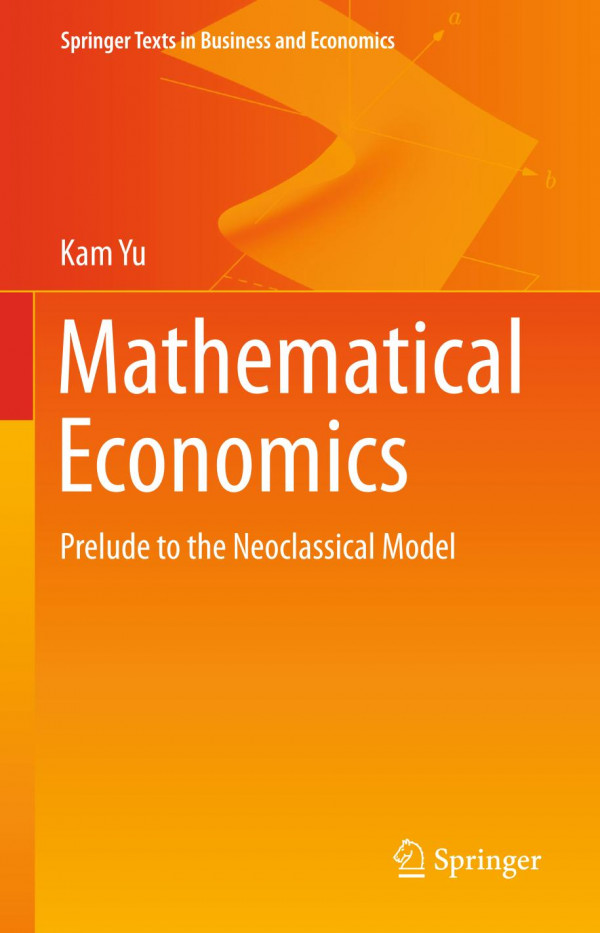

Most ebook files are in PDF format, so you can easily read them using various software such as Foxit Reader or directly on the Google Chrome browser.
Some ebook files are released by publishers in other formats such as .awz, .mobi, .epub, .fb2, etc. You may need to install specific software to read these formats on mobile/PC, such as Calibre.
Please read the tutorial at this link: https://ebookbell.com/faq
We offer FREE conversion to the popular formats you request; however, this may take some time. Therefore, right after payment, please email us, and we will try to provide the service as quickly as possible.
For some exceptional file formats or broken links (if any), please refrain from opening any disputes. Instead, email us first, and we will try to assist within a maximum of 6 hours.
EbookBell Team

0.0
0 reviewsThis textbook provides a one-semester introduction to mathematical economics for first year graduate and senior undergraduate students. Intended to fill the gap between typical liberal arts curriculum and the rigorous mathematical modeling of graduate study in economics, this text provides a concise introduction to the mathematics needed for core microeconomics, macroeconomics, and econometrics courses. Chapters 1 through 5 builds students’ skills in formal proof, axiomatic treatment of linear algebra, and elementary vector differentiation. Chapters 6 and 7 present the basic tools needed for microeconomic analysis. Chapter 8 provides a quick introduction to (or review of) probability theory. Chapter 9 introduces dynamic modeling, applicable in advanced macroeconomics courses. The materials assume prerequisites in undergraduate calculus and linear algebra. Each chapter includes in-text exercises and a solutions manual, making this text ideal for self-study.